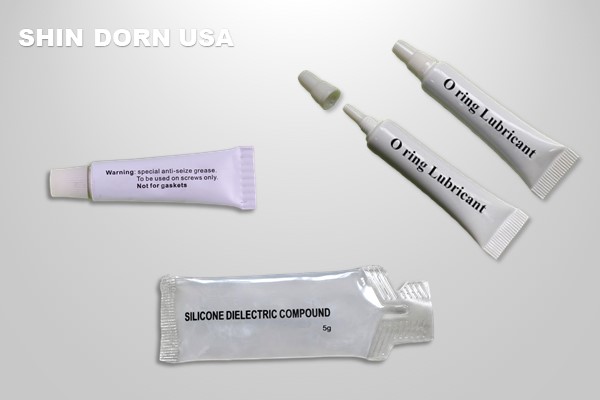Grease lubricants are the unsung heroes that keep our machinery and equipment running smoothly. From gears to o-rings, these lubricants play a crucial role in reducing friction, preventing wear and tear, and ensuring the longevity of our mechanical systems. While the importance of these lubricants is undeniable, what might not be as widely known is the growing trend of repackaged grease lubricants. In this article, we’ll explore the advantages of repackaging specialty grease lubricants, as well as highlight some notable examples of grease packet products.
Advantages of Repackaging Industrial Grease Lubricant:
1. Precision Application: One of the primary advantages of repackaging specialty grease lubricants is the ability to achieve precision application. Machinery often requires lubrication in specific areas that are difficult to access. By repackaging lubricants into convenient packets, technicians can apply the right amount of grease exactly where it’s needed without the risk of over- or under-lubricating.
2. Reduced Contamination: Traditional bulk containers can sometimes lead to contamination of the grease due to exposure to the environment or improper handling. Repackaging grease into sealed packets eliminates this concern, ensuring that the lubricant remains clean and free from contaminants until the moment it’s used.
3. Cost-Effectiveness: Repackaging allows for better control over the amount of lubricant used, minimizing wastage. Additionally, it reduces the need for investing in larger containers that might not be practical for all applications.
4. Enhanced Portability: Grease packets are compact and easy to carry, making them ideal for technicians working in the field. Whether it’s maintenance work at remote sites or emergency repairs, having pre-packaged grease on hand can save valuable time and effort.
Repackaged grease lubricants come in various sizes to accommodate different application needs. Among others, single-use packets are perfect for one-time applications or when dealing with equipment that requires occasional lubrication, such as o-rings, valves, hinges, locks, and small bearings. Here are some examples of grease packet products:
Dielectric Silicone Compound: This specialized grease is designed to insulate and protect electrical connections from moisture, corrosion, and arcing. It’s commonly used in applications involving switches, connectors, and outdoor electrical equipment.
O-Ring Grease: O-rings require proper lubrication to maintain their sealing capabilities. O-ring grease helps prevent cracking and drying out of these vital components, ensuring a reliable seal in applications like pumps, valves, and hydraulic systems.
Anti-Seize Compound: This type of grease is formulated to prevent seizing and galling of metal parts, especially in high-temperature and corrosive environments. It’s essential for fasteners, threaded connections, and exhaust system components.
In conclusion, repackaging grease lubricants offers a range of advantages, including precise application, reduced contamination, cost-effectiveness, and enhanced portability. From dielectric silicone compound to anti-seize compound, the next time you marvel at a smoothly running piece of equipment, remember the role that well-chosen and expertly repackaged grease lubricants play in keeping our world moving forward.
Related Products:
Silicone Grease Packet (K030)
Food Grade Silicone Grease Packet (BS25)
Anti Seize White Grease (13055)

